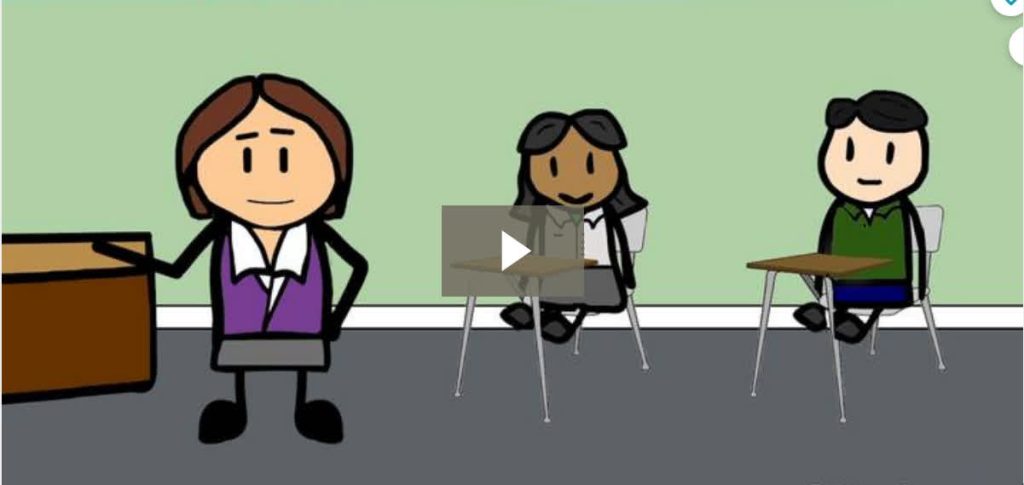Lack of Discipline in Classrooms: A Challenge for Vulnerable Students

Lack of Discipline in Classrooms
The issue of discipline in classrooms is a critical concern that affects students from all walks of life. However, it is particularly detrimental to the academic progress and overall well-being of the most vulnerable students. In this post, we will explore the profound impact that the lack of discipline in classrooms has on these students and discuss potential solutions to address this pressing issue.
The Vulnerable Student Population: Vulnerable students encompass a wide range of individuals, including those from low-income backgrounds, students with disabilities, English language learners, and those who have experienced trauma. These students often face additional obstacles in their educational journeys, making them more susceptible to the negative consequences of a disorderly classroom environment.
What are these vulnerable students population? Various groups that fall under this category:
Low-Income Students: This group includes students from economically disadvantaged backgrounds. They may face challenges such as lack of access to educational resources, limited access to extracurricular activities, and basic needs like food and housing insecurity, which can impact their ability to focus on learning.
Students with Disabilities: Vulnerable students with disabilities encompass a wide range of conditions, from learning disabilities to physical disabilities and neurodevelopmental disorders like autism. They often require specialized support and accommodations to access the curriculum and succeed academically.
English Language Learners (ELLs): ELLs are students who are in the process of acquiring proficiency in the English language. They face the additional challenge of adapting to a new language and culture while trying to keep up with their peers in the classroom.
Foster Youth: Children and adolescents in the foster care system can face multiple disruptions in their living situations and may have experienced trauma. This instability can lead to academic challenges and emotional distress.
Homeless Students: Homeless students often lack a stable place to live, making it difficult for them to attend school regularly, complete homework, or have consistent access to basic necessities like food, clothing, and hygiene facilities.
Students from Minority or Marginalized Communities: Students belonging to racial or ethnic minority groups, as well as those from marginalized communities, may encounter systemic barriers that hinder their educational opportunities. Discrimination, bias, and cultural differences can all impact their experiences in the classroom.
Students with Mental Health Challenges: Some students struggle with mental health issues, such as anxiety, depression, or attention-deficit/hyperactivity disorder (ADHD). These conditions can affect their ability to concentrate, engage with their peers, and participate in class.
Students who have experienced Trauma: Students who have experienced various forms of trauma, including abuse, neglect, or witnessing violence, may exhibit behavioral and emotional challenges that affect their ability to learn and build trusting relationships with educators and peers.
Migrant and Refugee Students: Migrant and refugee students often face language barriers, cultural adjustments, and gaps in their formal education due to migration or displacement. These factors can pose significant challenges to their academic progress.
It’s important to recognize that these categories are not mutually exclusive, and many vulnerable students may belong to multiple groups. Moreover, the challenges faced by vulnerable students are not inherent to their abilities but are often the result of external factors and systemic inequalities. Providing targeted support and inclusive educational practices is crucial to ensure that all students, regardless of their vulnerabilities, have equitable access to a quality education and the opportunity to reach their full potential.
The Consequences of a Disorderly Classroom:
Disrupted Learning: A lack of discipline disrupts the learning process for all students, but it is particularly detrimental to vulnerable students who may already struggle to keep up with their peers.
Emotional Impact: Disorderly classrooms can lead to increased stress, anxiety, and feelings of insecurity among vulnerable students, further hindering their academic progress.
Achievement Gap: The achievement gap between vulnerable students and their more advantaged peers widens when discipline issues go unaddressed. This can have long-term consequences for these students’ future opportunities and success.
Loss of Trust: Vulnerable students may lose trust in the education system if they perceive that their learning environment is not conducive to their growth and well-being.
Solutions to Address the Issue:
Trauma-Informed Practices: Implementing trauma-informed teaching practices can help educators better understand and support students who have experienced trauma, creating a more compassionate and structured learning environment.
Restorative Justice: Restorative justice practices encourage conflict resolution, empathy, and accountability among students, promoting a more peaceful classroom atmosphere.
Professional Development: Provide teachers and school staff with professional development opportunities to enhance their classroom management skills, especially when dealing with vulnerable students.
Supportive Interventions: Offer additional academic and emotional support to vulnerable students, such as counseling services, tutoring, and mentoring programs.
Inclusive Education: Ensure that the curriculum and classroom environment are inclusive and accessible to all students, regardless of their backgrounds or abilities.
The lack of discipline in classrooms is a significant challenge that disproportionately affects vulnerable students, exacerbating the already existing disparities in education. It is imperative for schools, educators, and policymakers to work together to create a nurturing and structured learning environment where all students can thrive. By addressing this issue, we can empower vulnerable students to reach their full potential and bridge the educational equity gap.